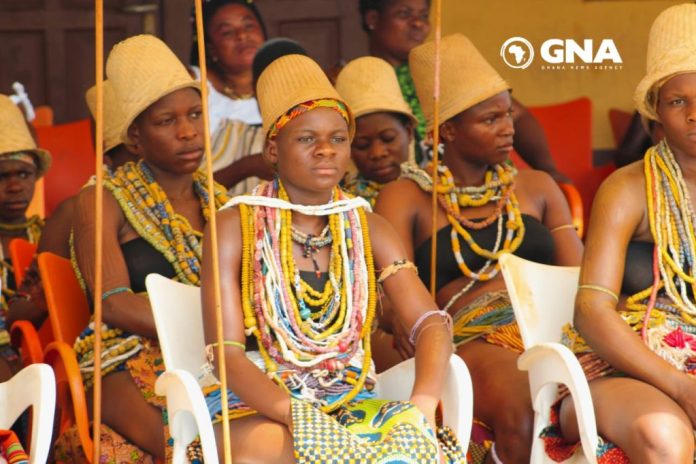The aboriginal name for the Osudoku people was ‘Gbese’ in the days of old — they were the initial settlers on ‘Yogwasi'(the foot of the great hill’).
It is believed that the Gbese people migrated from the land of Israel, where they travelled all the way to Yogwasi in Ghana; other clans that came along with them were the Ada, Klo, Bingo and S3.
These fused clans did everything just like the Israelites did, according to Judaism worship, whereby animal sacrifices, hyssop cleansing rituals were performed.
By the time the Gbeses had settled on the Yogwasi land, they had named their deity Nadu, because they considered it to be innate, unseen and immortal.
Till date, Nadu does not have any physical representative, image or statue to which prayers or sacrifices are offered.
A flash back down memory lane showcases a period during which Ogbe Asumeng IV was driven away with the Gbeses, after losing a war to a great Ashanti army, causing a split-spread among the people.
It is, also, believed that some of the exiled Gbeses fled to places like Togo, Benin and Akuapem, whiles Ogbe Asumeng, himself, led his family members and some other loyal Gbeses to Tetelutu where they settled at Takolokonya.
Ogbe had a son called Mata Ika, and had an affair with an Ewe woman, who gave birth to a son, Doku, meaning ‘abandoned’.
Since the boy’s father forcibly accepted him, a rumour spread that ‘Doku ts3 p3 te he'(Doku’s father has accepted him).
Years later, Ogbe died and was succeeded by his first son, Mata Ika. Together with Doku, they managed to regain their homeland on the mountains through bravery.
Although, Yogwasi was in ruins, the Gbese people rebuilt it, thereby, giving it the current name, Osu-Doku, which means ‘the old site of Osu’ or ‘the ruins of Osu’ — to this day.











